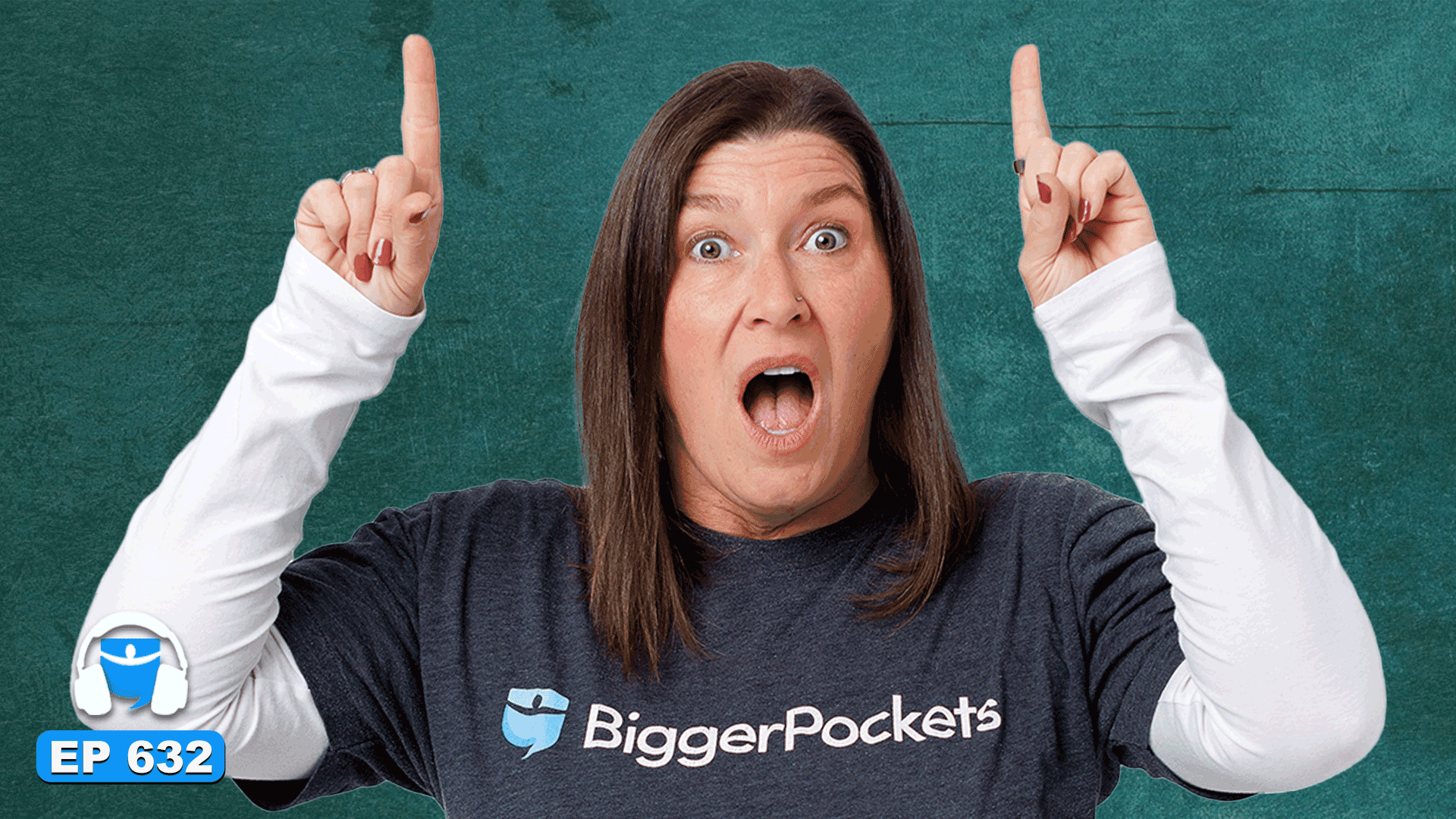Buyers need a boost to get into the market. Picture: Sam Ruttyn
ANALYSIS
We know how badly the nation’s borrowers need another rate cut. But what about a rate cut for those trying to enter the market? What about two rate cuts for them? Or even four?
Of course, if they’re not paying off a loan, they can’t technically get a rate cut, but they can get a boost to their borrowing power, with a policy tweak that has a similar effect to a rate cut.
Peter Dutton last week announced that if the Coalition were elected, he would ask APRA to revise the serviceability buffer that banks use when assessing home loan applications.
The current buffer is 3 per cent. It was increased from 2.5 per cent during Covid when the RBA had slashed the official cash rate to 0.1 per cent.
MORE:Why budget won’t fix housing crisis
Back then, it was highly likely rates would increase significantly and that 2.5 per cent may not be enough of a buffer to protect borrowers from risk of loan default if rates went up.
It was a smart move, because the cash rate increased by more than 4 per cent over the 18 months to November 2023.
Peter Dutton says he will ask APRA to revise the serviceability buffer if elected. Picture Thomas Lisson
But now, the 3 per cent buffer is still in place, despite the February rate cut signalling the end of the RBA’s hiking cycle.
Does anyone really think rates could go up another 3 per cent from here?
The buffer is now having the brutal effect of stopping people getting into the market. Not only that, but some borrowers already paying off mortgage are unable to switch to a better deal because they don’t satisfy the 3 per cent rule.
MORE: How to beat the banks and save $300k
Some people may be paying 6.5 per cent interest and want to switch to a loan with a 5.75 per cent rate … but they can’t because their serviceability is assessed at 8.75 per cent. While some refinancers in a strong financial position can access a reduced buffer, there will be others who are ineligible to pay less interest than they already are.
And spare a thought for first home buyers. The same people who would have been eligible to borrow $1 million back in 2021, can now borrow less than $700,000. That’s the effect of rate rises on borrowing power.
This is why the buffer must be reduced. At least to 2.5 per cent, but why not 2 per cent, or even 1 per cent?
First home buyers may find a borrowing power boost translates into higher home prices.
Canstar crunched the numbers and found that an Aussie on the average wage of $103,000 a year would be able to borrow an extra $20,000 if the buffer went back to 2.5 per cent and an extra $40,000 if it dropped to 2 per cent.
MORE: New bank refuses rate cut
By those numbers, a 1 per cent buffer would mean an extra $80,000 they could borrow. The boost would be the equivalent of multiple interest rate cuts by the RBA.
It’s a no-brainer for putting more Aussies into a position where they can buy a home. The RBA has begun to reduce rates and more cuts are expected. It would take something extraordinary to see another rate hike in the near future, let alone three percentage points’ worth, or the equivalent of 12 standard rate rises.
Of course, once that buffer comes down, we are faced with that familiar issue that all major party policies seem to throw up these days: more demand for the same supply of property.
This means home price increases that will quickly swallow up the boosts to borrowing power that created them.
Canstar’s Sally Tindall said more supply is what the housing market needs the most. Picture: Tim Hunter.
MORE:Bank mistake costing you $12k
Canstar’s data insights director Sally Tindall says it best.
“If the government flicks a switch and suddenly everyone’s maximum borrowing capacity rises, then the winner is typically the person selling the property and the ones that bear the brunt of it would most likely be the ones having to sign up to even more debt,” Tindall said. “We need more homes to solve the crux of the problem – which is supply.”



















 English (US) ·
English (US) ·